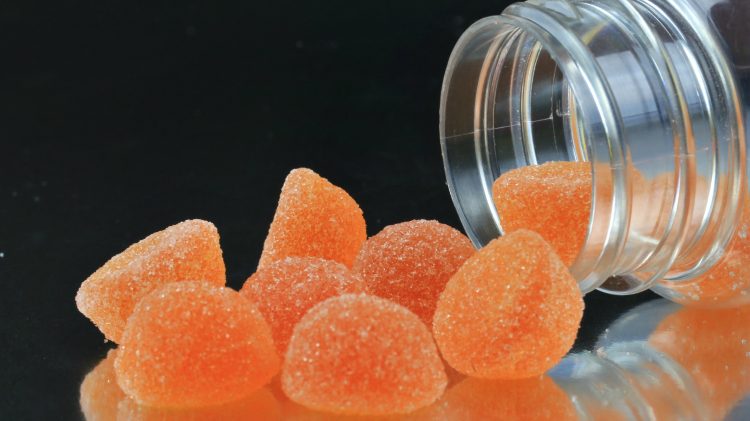Photo: Douglas Sacha (Getty Images)
People with Opioid addictions often eat vast amounts of junk food, especially sweet things, like candy or cookies. It’s a common phenomenon that’s just barely begun to be documented in scientific research. If you’ve ever been to an Narcotics Anonymous meeting or have befriended someone with a drug problem, you’ll know what we’re talking about.
Sugar High
Some drug users eat candy between doses. According to a long-term Fentanyl user named John (name has been changed), it “takes the edge” off. In some cases, candy is virtually all addicts consume while actively using. This is why people with long-term opioid addictions don’t always fit the super-skinny stereotype seen in movies like Trainspotting and Requiem for a Dream. While those with addictions don’t always eat much, the food they do eat tends to be calorie-dense and carb-heavy.
Some people with addictions are also less active than those without addictions and often spend too much time sitting still. Opioid intoxication makes the user feel very calm and blissful. Their muscles may even feel weak. They move less, and lack of activity is one of the main causes of weight gain.
Put Down The Candy: Author Gary Taubes Argues “The Case Against Sugar”
A Sweet Substitute
Even if people manage to kick their addictions, some end up eating tons of sweets during the recovery phase. Miranda (name has been changed) binge-ate a different kind of candy every time she tried to go cold turkey. “The first time I tried to quit Opioids, I ate about 40 packages of Keebler vanilla wafer cookies in a few weeks,” she told us. “Later on I switched to hot chocolate, gummy bears, and Dove bars. More recently, I began eating those peanut-toffee PayDay bars. They’ve got a lot of protein, which means they’re sort of healthy.” Or at least “healthier” than heroin. (Most things are.)
The Downside Of Sweets
Seemingly innocent sugar habits can become a serious problem. Many addicts gain a substantial amount of weight in rehab. This is hard on their already-weakened veins and hearts. Overweight people are more prone to medical issues like Type 2 diabetes, high blood pressure, and deep vein thrombosis. Deep vein thrombosis, which is pretty common in injecting drug users, is a serious blockage or clot that appears in someone’s vein. If it remains untreated, blood will pool there, gangrene can develop, and an amputation may be necessary. Even worse, someone who’s had DVT in the past is more likely to get it again.
Get Moving: How To Pick The Best Fitness Class
Pick Your Poison
Though eating vast amounts of sugar isn’t the safest thing in the world, it’s certainly better than constantly shooting up. It’s also something that’s been happening for a long time (see William S. Burrough’s book Junky for an early reference). Drug abuse probably won’t stop, yet self-medicating with candy isn’t doing the body any favors, either. Exercise is one of the best ways to keep weight down, but it’s hard for many to get motivated to move their bodies. Making “serious” treatments (such as Methadone and/or Suboxone) easier to access would help those suffering from addictions. If patients were prescribed a cravings-reducing medication, they’d be less likely to binge on chocolates…at least in theory.






